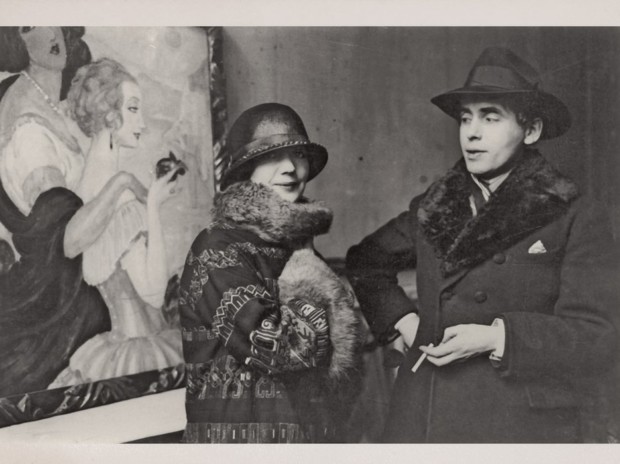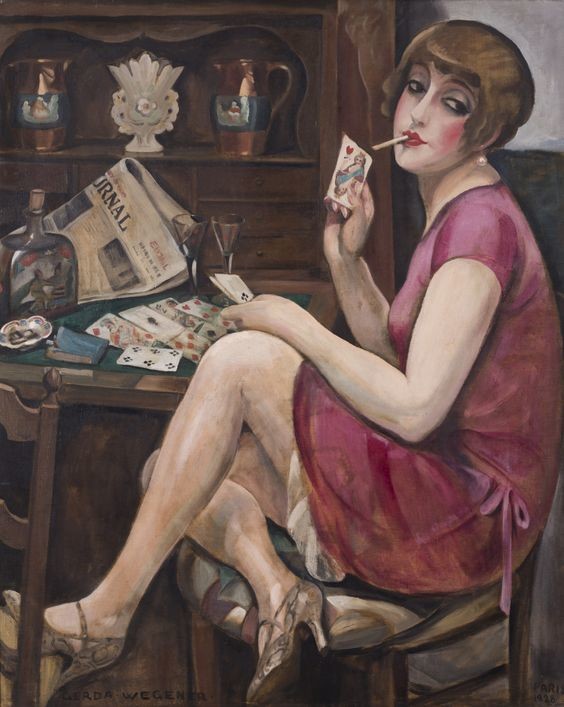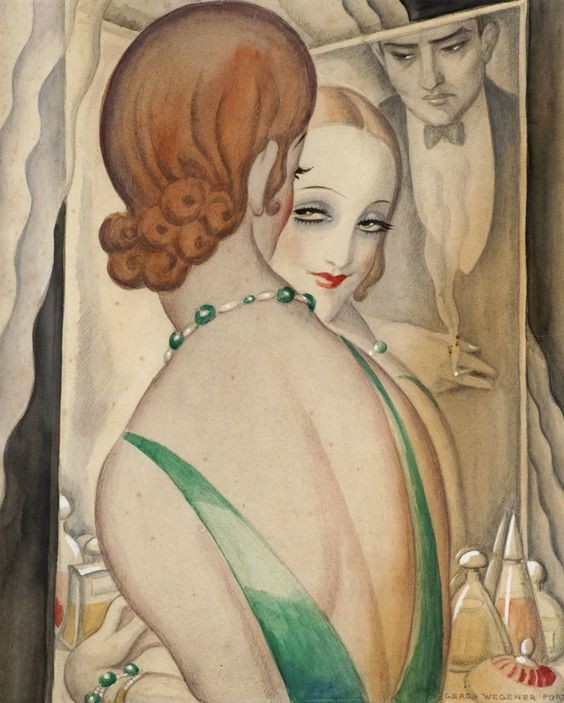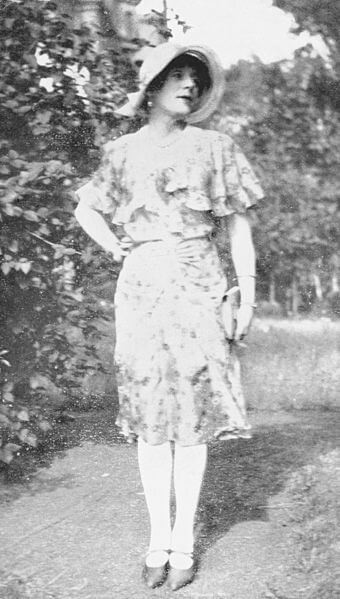Ferdinand Hodler – The Painter Who Revolutionized Swiss Art
Ferdinand Hodler was one of the principal figures of 19th-century Swiss painting. Hodler worked in many styles during his life. Over the course of...
Louisa Mahoney 25 July 2024
Lili Elbe – born Einar Wegener – was a Danish landscape painter of the early 20th century and the first known transgender woman in arts. She was married to Gerda Wegener, a successful Art Deco illustrator and painter known for her slightly erotic, yet Secessionist style. Although Elbe was likely born with Klinefelter Syndrome, her conscious journey towards femininity began while posing for her wife’s paintings.

The couple married happily in 1904. They were not only lovers but also best friends. Gerda was fascinated with women and images of female beauty. As a result, she encouraged Lili to dress up as a woman and pose for her during the many years of their marriage.
Using the name Lili, the young person began to reveal her real personality. Her talented wife gained increasing recognition as an artist by depicting her Lili’s feminine appearance in a style that became her own. Lili herself gave up painting for the latter part of his life. Instead, she became focused on her mismatched body and how to rectify it.

Long before her first operation, Lili – who had clearly become uncomfortable with her biological constraints – would regularly leave the house wearing dresses and a wig. It could have been justified why friends and acquaintances of the couple were wondering why Gerda allowed and even encouraged Lili in her transsexual strivings, especially given the strict social norms against such freedoms at the time. The answer may lie at the root of speculation that Gerda herself was homosexual, and that this was the true motivation for the illustration of lesbian women and themes in her pieces.
In 1912, the couple moved to Paris. While attending many balls and social gatherings, Gerda presented the effeminate Lili as her sister. Although Gerda’s career was blossoming, Lili was confused and unhappy. She described herself as a:
Thoughtless, flighty, very superficially-minded woman, prone to fits of weeping and barely able to speak in front of powerful men…
Lili Elbe, The Telegraph.
Increasingly frustrated with her status, Lili sold many of her paintings. With the proceeds, she was able to finance a series of pioneering gender reassignment operations in Germany to transform her body. By 1930, Lili Elbe had officially become a transgender woman. In that year, her marriage to Gerda was also annulled by the King of Denmark.

Although she had accomplished her personal mission to physically become a woman, it was hard for other people to accept her new body. Consequently, Elbe felt rejected by many of her contemporaries. One year later, following an unsuccessful final operation, the transgender woman passed away due to post-operative complications in Dresden, Germany at the age of 48.

In 2015, British director Tom Hooper directed an internationally acclaimed movie called The Danish Girl, starring Eddie Redmayne and Alicia Vikander.

DailyArt Magazine needs your support. Every contribution, however big or small, is very valuable for our future. Thanks to it, we will be able to sustain and grow the Magazine. Thank you for your help!